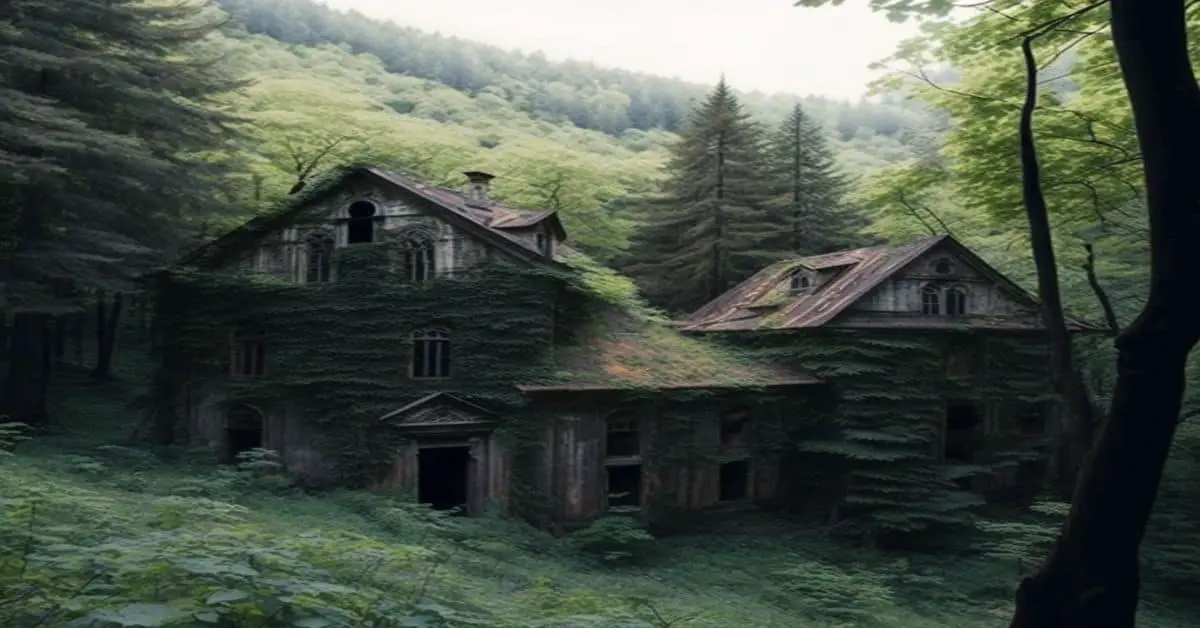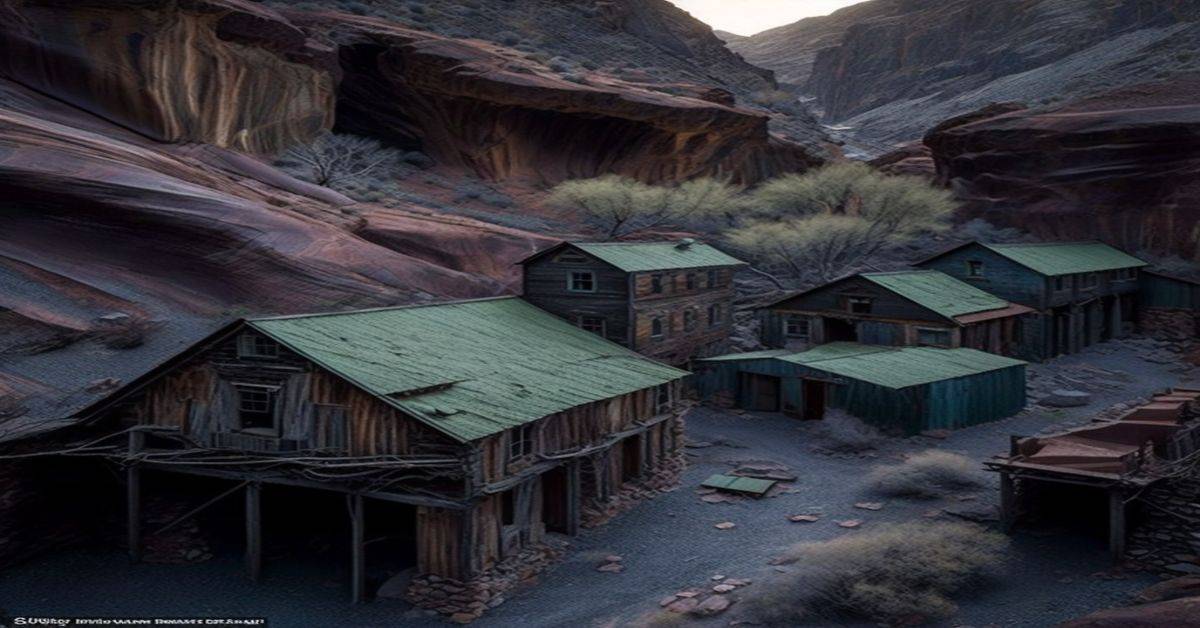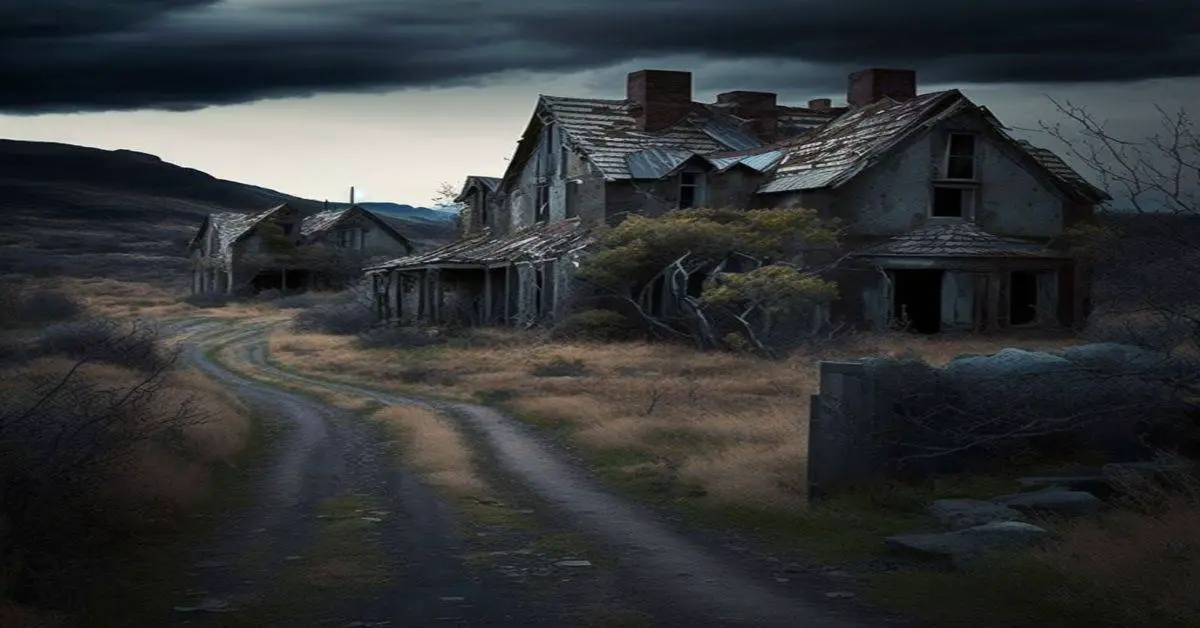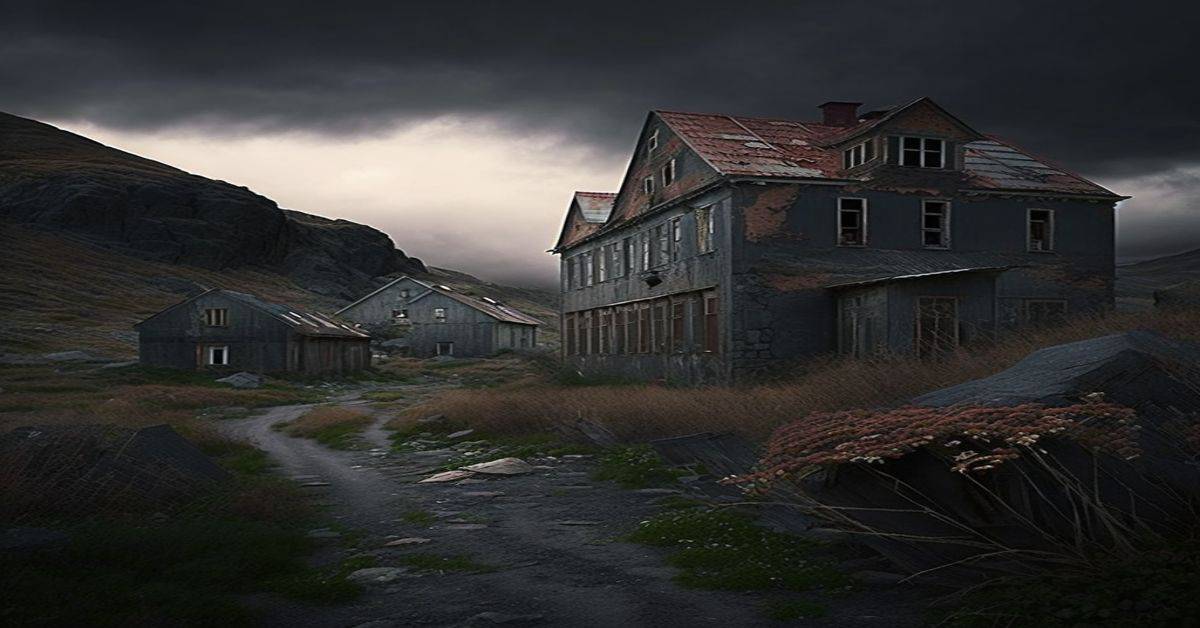Abandoned ghost towns are fascinating places to explore. They offer a glimpse into a different time and a way of life that has long since vanished. In Florida, several ghost towns offer a unique glimpse into the state’s rich history. Here, we’ll take a closer look at some of the abandoned ghost towns you must visit in Florida.
Why Visit Abandoned Ghost Towns in Florida?
Florida’s abandoned ghost towns are a reminder of the state’s past. They are a way to explore the state’s rich history and see how people lived in the past. Visiting these ghost towns can be a fun and educational experience for people of all ages. It’s an opportunity to step back and experience life in a different era.
Hague in Alachua County
Hague was a railroad town in the 1880s, with a post office, community school, sawmill, commissary, and cotton mills. The town’s original Methodist church was built in 1880 and restored in 1892 and still features the original benches and wide board.
Anona in Pinellas County
Anona received its name from the Anona sweet apples brought from Key West. Today, the remaining structures are the Lowe house and barn, the Anona cemetery, and the school. Pioneers are buried in the Anona cemetery.
Fort Dade in Hillsborough County
Fort Dade was once a military outpost on an island in Tampa Bay called Egmont Key. Although only accessible by boat, visitors can explore the ruins and see the 19th-century lighthouse and some of the fort’s destroyed walls.
Hall City in Glades County
In the 1900s, a preacher from Chicago tried to build Hall City. Although around 100 people lived here, the town never developed and was completely abandoned by the 1920s.
Pine Level in DeSoto County
The Sarasota Gang made Pine Level their headquarters, and the town was known for gunfights and gambling. After the gang was captured, only the Pine Level Methodist Church remained.
Ellaville in Suwannee County
Ellaville was once a popular town in the 1800s, with sawmills, logging, railroad car building, and turpentine businesses. Unfortunately, racial hate crimes made the town unsafe, and many buildings have since declined.
White City in Saint Lucie County
White City was founded by Danish settlers in 1893, but Colonel Myers took down payments for land and disappeared with the money. The Great Freeze of 1895 damaged the crops, and many farmers left town.
Holopaw in Osceola County
A company owned Holopaw, and most employees rented their homes from their boss. The town’s JM Griffin Lumber Company became the largest operation, featuring one of the first electric sawmills. However, the mill closed during the Great Depression, and many workers left town to seek employment elsewhere.
Slavia: A Slovakian Settlement
Slavia was once a thriving colony founded by Slovakian immigrants looking for a quieter life away from industrial cities. The settlers purchased 1,200 acres of land and lived in shacks while preparing the land for farming. The Slavia Colony Company eventually disappeared, and the area is completely deserted today.
Zion: A Coastal Town
Zion was once a small town built on the east coast of Florida. The only remaining structure is a burned-down house, which is ideal for ghost hunting or a quiet picnic.
Hopewell: A Citrus Grove Community
Originally known as Callsville, Hopewell was established in 1870 and renamed later. Today, the area is surrounded by citrus groves, with only a few remaining structures, including the McDonald House, the Hopewell Cemetery and Church, and the Hull House.
Olympia: A Movie-Making Haven
Built with Greek accents and designed to be the next Hollywood of the east coast, Olympia was a town full of promise. Unfortunately, a hurricane in 1928 devastated the town, leaving it abandoned.
Quay: A Short-Lived Town
In honor of Senator Matthew Quay, Quay was once known as Woodley. It didn’t last long, with only an old wooden bridge remaining as evidence of its existence. The area was later renamed Winter Beach.
Kerr City: A Former Cotton Plantation
Once a bustling city with a post office, sawmill, general store, pharmacy, and school, Kerr City was abandoned after the Freeze of 1894-1895. Today, some houses remain, a reminder of their past.
Sisco: A 7th Day Adventist Settlement
Founded by a colony of 7th Day Adventists, Sisco was abandoned after the Great Freeze of 1895. Descendants of the Reverend Main are the only remaining residents.
Bean City: A Farming Community
Once a thriving farming community known for its string beans, Bean City was destroyed by a hurricane in 1928. Today, it is just an empty land.
Romeo: A Mysteriously Abandoned Town
Romeo was a farming community established in the 1850s. Though there was once a post office and people living there, it is completely deserted today.
Conclusion
Florida’s abandoned ghost towns offer a unique glimpse into the state’s rich history. Whether you’re a history buff or just looking for a unique experience, visiting these ghost towns is a great way to spend a day.
From the underwater mermaid shows of Weeki Wachee to the wooden houses on the stilts of Stiltsville, there’s something for everyone to see and explore. So, grab your camera and explore some of Florida’s most fascinating abandoned ghost towns.



